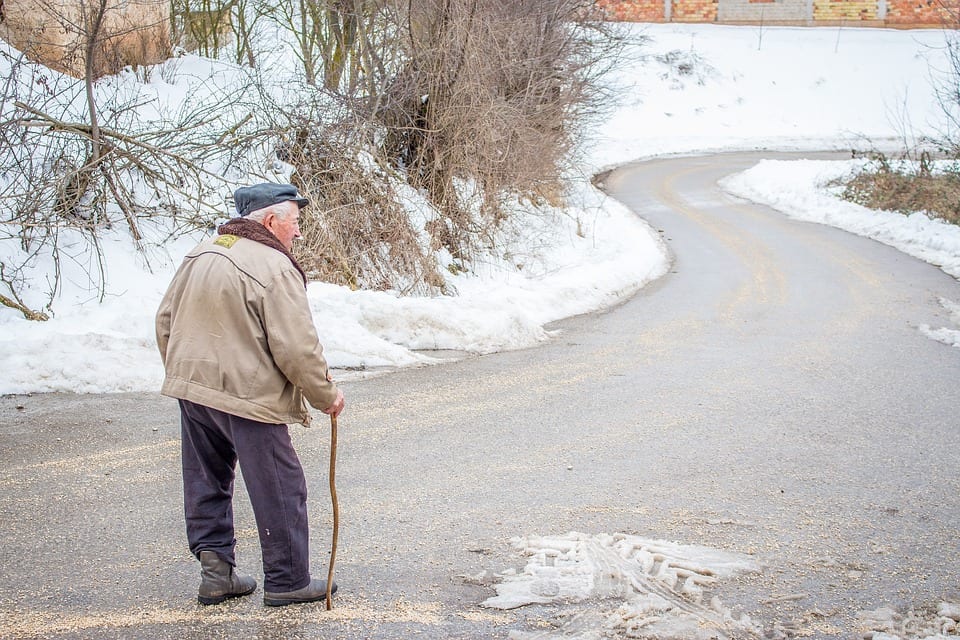
Older Australians are developing hypothermia in their homes, a study by The Alfred’s Dr Michelle Ananda-Rajah has found.
The study followed 217 patients who, between 2009 and 2016, presented at The Alfred and Sandringham’s emergency departments with hypothermia.
Of those, tragically, 11% died.
The mean age of those presenting at the hospital was 77 years.
Nearly 80% developed hypothermia inside their homes.
Just over half – 55% – were pensioners, and 45% – nearly half – lived alone.
Somewhat surprisingly, 12% of the cases occurred in summer.
Of those who died, most were suffering a number of health problems, including heart failure, cancer, kidney disease and sepsis infection.
Younger people who presented at the hospitals with hypothermia generally developed the condition due to exposure, often associated with intoxication or psychiatric issues.
Though extreme heat conditions are considered a public health priority, the researchers say little has been studied about the effects of cold.
In 2015, Victoria experienced its coldest winter in 26 years, triggering a sharp increase in the number of people presenting with hypothermia.
Dr Ananda-Rajah, a general medicine physician at The Alfred, said, “There was a real run of these patients, which made us interested in seeing any patterns of the hypothermia presentations.”
With the poor, elderly and alone overrepresented in patients developing hypothermia at home, the researchers wondered if the affordability of heating was an issue, especially given the rising cost of power in Australia.
“Questions must be asked as to why these people are developing this condition, particularly the elderly who are indoors,” Dr Ananda-Rajah said.
“Do they have adequate heating and homes that are well-insulated? Are they wearing adequate clothing? Are they able to afford heating?” she wondered.
Old age and some medications can affect the ability of the body to raise its own temperature, and infection can also be a factor in developing hypothermia, Dr Ananda-Rajah said.
“We found that 27% of patients coming in with hypothermia had an infection brewing. In a significant number of these patients it probably wasn’t appreciated that they had what’s called “cold” sepsis rather than sepsis associated with a fever as infection usually appears,” Dr Ananda-Rajah said.
“Doctors and clinicians should really think about infection as a cause of hypothermia and manage it appropriately,” she said.